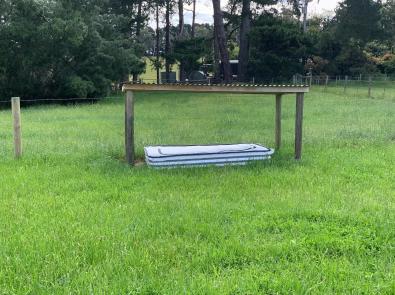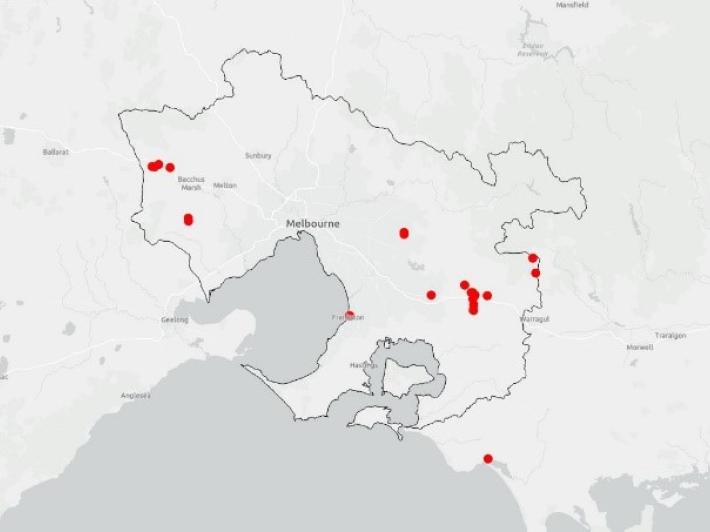The CSIRO introduced dung beetles to Australia between 1968 and 1992, to feed specifically on livestock dung. Twenty-three introduced species have been established and spread across Australia where they feed on dung and use it as a food source for their offspring.
Why dung beetles are important
Dung beetles provide many benefits on farms from improving soils and pasture health to reducing the spread of flies and diseases. Pasture productivity improves as a result of dung beetles burying dung, which becomes a source of nutrients for soil organisms and generates pasture growth. Rivers, creeks and dams have improved water quality when nutrient rich dung is buried rather than ending up in these important waterways.
Not much is known about the full extent and abundance of dung beetles nor what impact some management practices can have on dung beetle populations on farms. Project like this help us to understand more about dung beetles while the region’s farmland benefits from their ecosystem services.
Monitoring dung beetles
Dung beetles have been released across the region for many years. We don’t know the answers to the following questions, yet we continue releasing dung beetles.
- What species?
- When?
- How many?
- Did they establish at the release site?
- Have they spread across a district?
We have set up a BioCollect project in Atlas of Living Australia (ALA) for landholders and Landcare groups to record dung beetle observations so we have better knowledge of dung beetle species across the region.
Dung beetles recorded so far include:
- Onthophagus taurus
- Onthophagus binodis
- Onitis sp (most likely O.alexis)
- Aphodius fimetarius
- Euoniticelus fulvus
Project partners
Cannibal Creek Landcare Group
Getting involved
Landcare networks and groups are encouraged to host dung beetle monitoring sessions so we can build better knowledge of dung beetle distribution across the catchment. This will help inform where there are seasonal gaps in dung beetles and breeding new species and dung beetle swaps can be initiated between groups to speed up the distribution of dung beetles.
If landholders and Landcare groups are sharing distributing beetles, please consider biosecurity protocols and avoid movement of soil on dung beetles.
Contact
Karen Thomas, Sustainable Agriculture Facilitator [email protected]
More information
Read through our factsheets for more information on constructing a dung beetle nursery, harvesting dung beetles, monitoring for dung beetles and recording citizen science observations.
Funding acknowledgement
This project is being delivered by Melbourne Water through funding from the Australian Government’s National Landcare Program.





